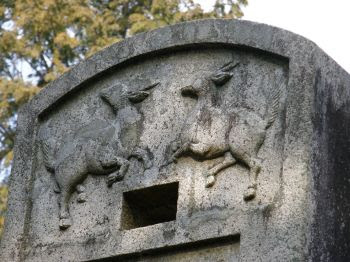最近、山本有三著の「心に太陽を持て」を読んだ。その本にロバート・スコットのことが書いてあった。
イギリスの海軍軍人、ロバート・スコットは南極探検隊を率いて1912年に南極点到達を果たすが、スコットが到着する以前にアムンゼンが到着しており、失意の中、基地に帰る途中に死亡した。以下は1912年3月29日。スコットが最後の力をふりしぼって書いた言葉。
毎日、我々は11マイル先の基地に向かって出発しようと思うのだが、テントの外は猛吹雪だ。今や、この状態が良くなるとは思えない。我々は最期まで頑張りぬくつもりだが、当然、体がさらに衰弱しており、死は目前に迫っている。残念ながら、これ以上書くことはできない。
最後に一言
どうか我々隊員の遺族のことをよろしく頼みます。
Scott's Last Entry
"Every day we have been ready to start for our depot 11 miles
away, but outside the door of our tent it remains a scene of whirling drift. I
do not think we can hope for any better things now.
We shall stick it out
to the end, but we
are getting weaker, of
course, and the end
cannot be far.
It seems a pity, but
I do not think I can
write any more--
R. Scott
Last Entry
For God’s sake, look
after our people."







